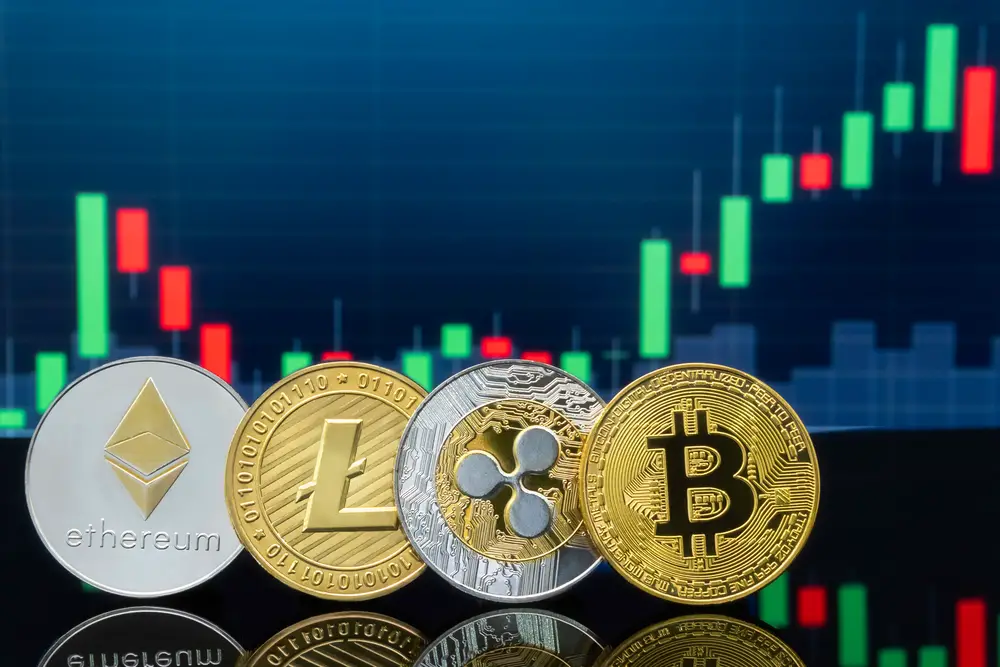In the realm of cryptocurrency trading, two primary markets exist: the spot market and the futures market. Both play vital roles in the financial ecosystem, but they operate differently and offer unique advantages.
Spot Trading in Cryptocurrency
Spot trading involves the immediate exchange of cryptocurrencies. When you engage in spot trading, you're buying or selling digital assets like Bitcoin or Ethereum, which are transferred directly between the parties involved. This means you gain immediate ownership of the cryptocurrencies, along with any associated rights, such as voting in major forks or participating in staking.
Crypto exchanges, like Redot, facilitate spot trading by acting as intermediaries for buyers and sellers. These exchanges operate round the clock, allowing you to trade cryptocurrencies at any time. For instance, if you want to buy Bitcoin with USD, you can place a buy order on a crypto exchange's spot market. Once the transaction is complete, the tokens are stored in your spot wallet, where you can hold them or use them to buy other altcoins.
Futures Trading in Cryptocurrency
Unlike spot trading, futures trading involves buying or selling contracts that represent the value of a specific cryptocurrency, not the actual asset. When you buy a futures contract, you're entering an agreement to buy or sell a specific cryptocurrency at a future date. This means you don't get the economic benefits associated with owning the cryptocurrency, like voting or staking rights.
Futures contracts offer a way to protect against volatility and speculate on future prices. They allow you to profit from price movements, regardless of whether the prices are rising or falling. For example, if you expect an asset's value to increase, you can buy a futures contract to go long. If you expect it to decrease, you can sell to go short.
Key Differences Between Spot and Futures Trading
- Leverage: Futures trading offers leverage, making it a capital-efficient option. With leverage, you can open a futures position at a fraction of the cost, unlike spot trading, which doesn't offer leverage.
- Flexibility to Long or Short: While spot trading only allows you to profit if prices increase, futures contracts enable you to profit from price movements in either direction. This flexibility allows for sophisticated trading strategies like short-selling and arbitrage.
- Liquidity: Futures markets offer deep liquidity, with trillions in monthly volume. This liquidity supports efficient price discovery and swift transactions.
- Price Differences: The price of a cryptocurrency on the spot market is determined by supply and demand, while the futures price is based on the spot price plus the cost of carry until delivery.
Redot offers a wide range of futures products, including USD-Margined and Coin-Margined futures contracts. However, before trading futures, it's crucial to understand the pros and cons of different types of futures contracts and have proper knowledge and risk management techniques to avoid significant losses.
Final Thoughts
In conclusion, both spot and futures trading play pivotal roles in the cryptocurrency market, each offering unique benefits and opportunities. Spot trading provides direct ownership of cryptocurrencies and is often the preferred choice for beginners due to its straightforward nature. On the other hand, futures trading offers strategic advantages, including the ability to profit from both rising and falling markets, leverage, and deep liquidity. However, it also requires a more in-depth understanding of market dynamics and risk management. As with any investment, it's crucial to conduct thorough research and consider your financial goals and risk tolerance before diving into cryptocurrency trading, whether it's on the spot or futures market.

